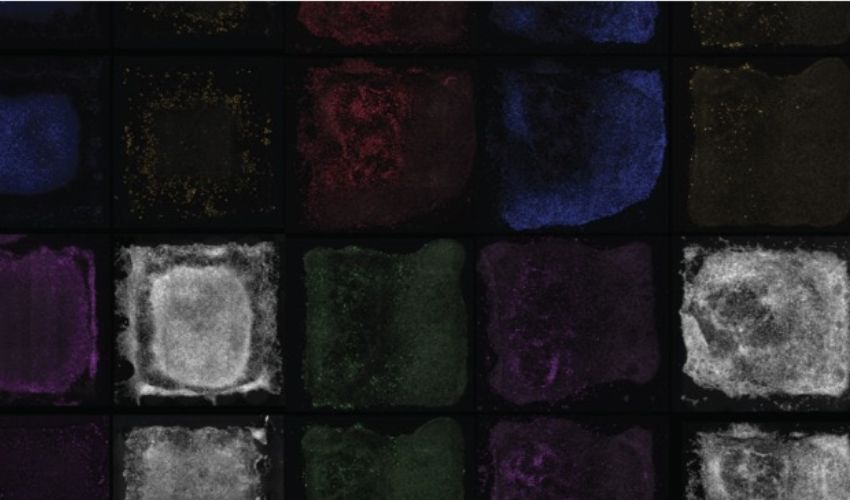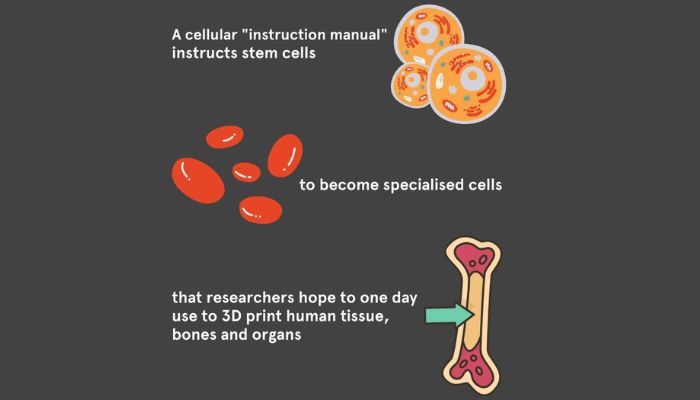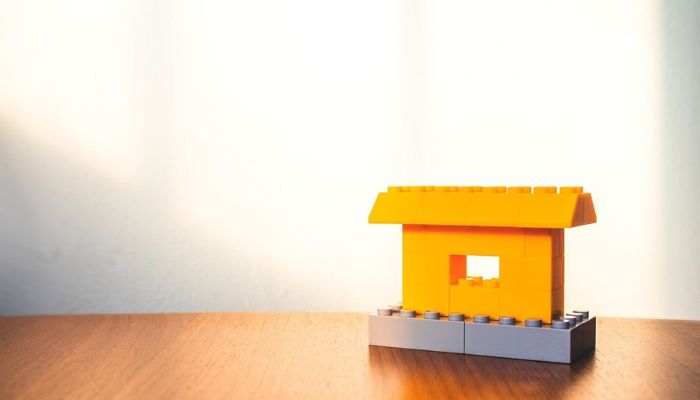The University of Sydney Takes a Leap Towards Functional 3D Printed Human Tissues

Embarking on a journey that seems ripped from the pages of science fiction, a recent breakthrough has brought us one step closer to the future of 3D printing functional human tissues. A collaborative effort between bioengineers and biomedical scientists from the University of Sydney and the Children’s Medical Research Institute (CMRI) at Westmead has harnessed the power of 3D photolithographic printing to unveil a sophisticated method that ushers in a new era of tissue engineering. This method involves the creation of a meticulously crafted environment that mirrors the architectural intricacies found within human organs.
Under the guiding expertise of Professor Hala Zreiqat and Dr. Peter Newman from the University of Sydney’s School of Biomedical Engineering, and with developmental biologist Professor Patrick Tam at the helm of the CMRI’s Embryology Research Unit, this pioneering technique orchestrates a remarkable transformation. Stem cells, those versatile building blocks of life, are directed to metamorphose into specialized cells that harmoniously assemble into a structure that closely resembles a functional organ.

A cellular “guidebook” directs stem cells to transform into specialized cells with the future goal of 3D printing human tissue, bones, and organs (Photo credits: The University of Sydney)
In a manner analogous to a record player needle that deftly navigates the grooves of vinyl to create music, these cells are choreographed to navigate through their intricate microenvironment. This intricate ballet is orchestrated through strategically positioned proteins and precise mechanical cues, effectively replicating the intricate developmental processes that unfold within the human body.
The culmination of this endeavor is a new paradigm that has been aptly described as an “instruction manual” for cells. Professor Hala Zreiqat captures the transformative essence of this technique, proclaiming, “Our new method serves as an instruction manual for cells, allowing them to create tissues that are better organized and more closely resemble their natural counterparts. This is an important step towards being able to 3D print working tissue and organs.” This “instruction manual” transcends mere biological guidance, ushering in an era where human ingenuity meets the complexity of life itself.
Consider, for a moment, the intricate art of constructing a building from an assortment of varied components. Dr. Peter Newman draws a parallel, asking us to imagine building a Lego castle by haphazardly scattering blocks on a table. Without a clear plan, the result would likely be a chaotic heap of disconnected blocks rather than a majestic castle. Similarly, crafting functional tissues from cells necessitates a meticulous roadmap. The “instruction manual” provides this guidance, ensuring that cells harmoniously organize themselves to create tissues that closely mimic their natural counterparts.

Dr. Newman explained that crafting tissues from cells demands precise guidance, much like assembling a structure from diverse components (Photo credit: Pixabay/Aldarami)
Beyond this profound advancement in tissue engineering lies a cascade of implications. The knowledge gleaned from understanding the development and functionality of complex tissue structures, referred to as organoids, not only unravels the mysteries of disease origins but also propels the frontiers of cell and gene therapy. This breakthrough holds the promise of transforming lives, potentially revolutionizing the treatment of conditions like macular degeneration and inherited disorders that lead to the loss of retinal photoreceptor cells. The path ahead involves advancing regenerative medicine, uncovering novel approaches to treating a range of diseases, and instilling hope in the hearts of those who envision a brighter, healthier future. For more information on the study, click HERE.
What do you think about this new method of 3D printing human tissue? Let us know in a comment below or on our LinkedIn, Facebook, and Twitter pages! Don’t forget to sign up for our free weekly Newsletter here, the latest 3D printing news straight to your inbox! You can also find all our videos on our YouTube channel.
*Cover photo credit: The University of Sydney






